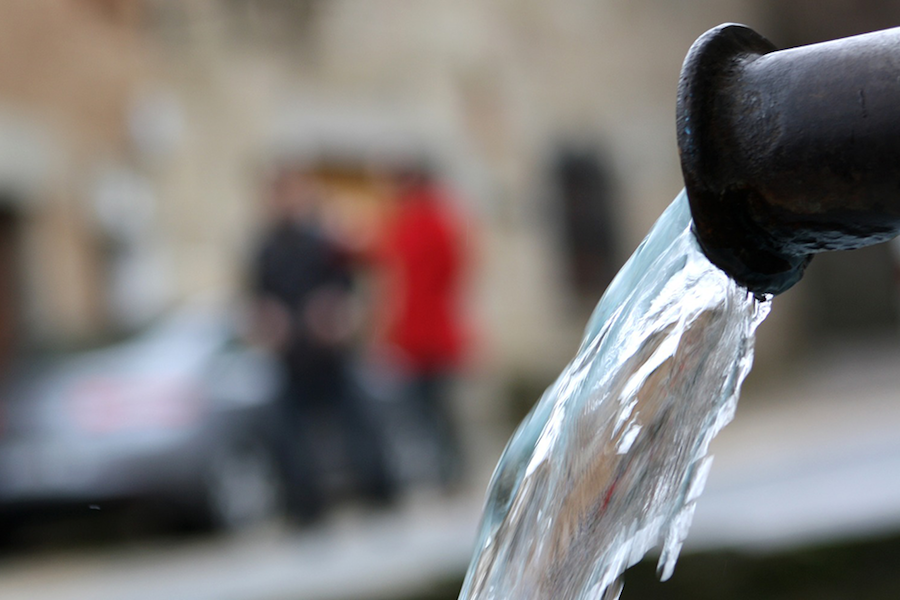
Where is the Southwest Getting All of Its Water?
By Adam Dove
Media InquiriesThere’s a reason most major cities are built by water’s edge. From energy to drinking water to sanitation, an abundant supply of water is necessary for the survival of any settlement. But as urban centers have grown, our water supplies have not, and with more than 15% of the U.S. population considered “at risk” for water scarcity, we are always looking for more efficient and effective ways to move water to the places it’s needed most.
Interbasin Transfers (IBTs) are one such way: man-made transfers of water between naturally occurring watershed basins that are used to distribute water resources according to supply and demand. Picture a nation-wide system of pipes and waterways connecting watershed basins all around the country. New York City, for example, imports approximately 90% of its water from the Catskill and Delaware watersheds through the use of IBTs. This water, connected through networks of IBTs throughout the country, is necessary for the city’s operation.
However, this national network has not historically been well mapped, and before now, modern methods have never been used to understand the landscape of IBTs in the U.S. Without this understanding—which is currently severely lacking—we won’t be able to meet evolving water demands in the future. But thanks to Civil and Environmental Engineering (CEE) Ph.D. student Kerim Dickson and Department Head David Dzombak, our knowledge of this IBT network has exponentially increased.